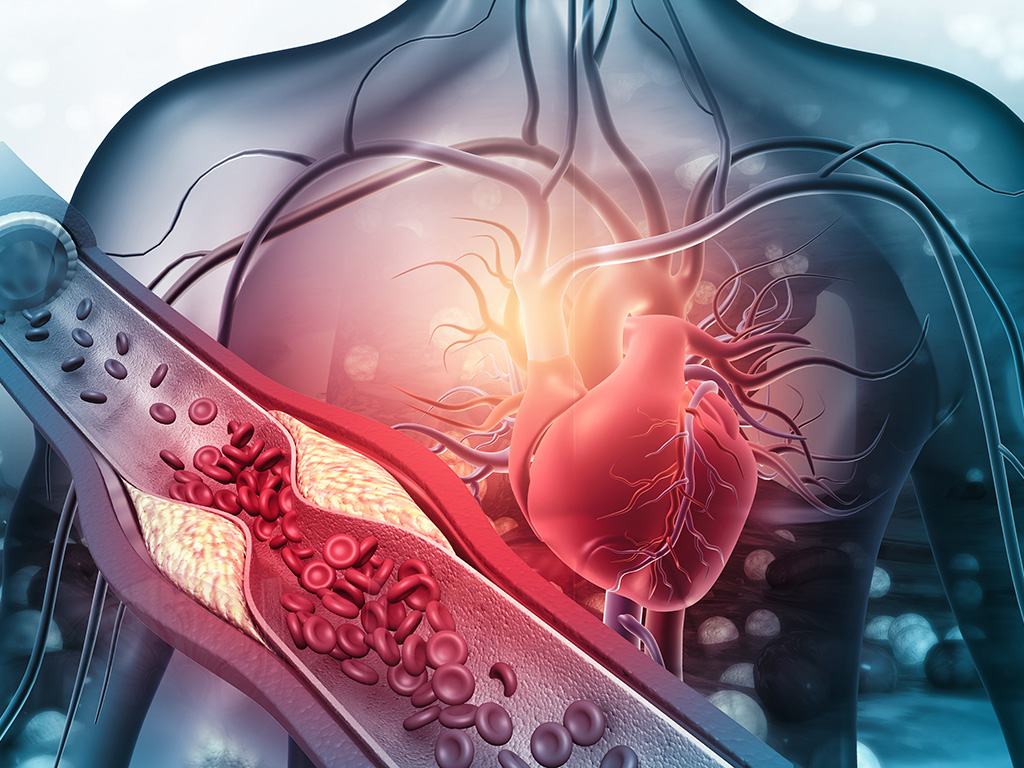How do aging and radiation lead to atherosclerosis on Earth and in space? New organ-on-a-chip could provide answers

Researchers at Texas A&M University are working to design a longer-term organ-on-chip (Vessel-Chip) system, a 3D cell-culture model that mimics living organs’ biological activities. This will increase understanding of the progression and signs of atherosclerosis (ACD) — the buildup of fats or cholesterol in and on artery walls — and drug-tissue interactions in both astronauts and earthbound humans.
Since age and radiation exposure are powerful risk factors for ACD in both astronauts and earthbound humans, the primary focus of this research is to model these stressors and associated therapeutics by using human-induced pluripotent stem cells (hiPSC) and immune cells.
By monitoring and capturing dynamic events over a period of several months, the team can track the progression of ACD with high physiological relevance and precision that cannot be provided by current preclinical experimental systems.
“For the first time, we will be able to validate our hiPSC-Vessel-Chip for the prolonged modeling of a healthy blood vessel followed by an assessment of cellular and proton radiation stressors and of mRNA therapeutics,” said Abhishek Jain, associate professor in the Department of Biomedical Engineering. “We want to understand how aging and radiation may result in ACD in both astronauts and earthbound humans.”
The research team includes John Cooke, Nhat-Tu Le and Guangyu Wang at Houston Methodist Research Institute, and Vladislav Yakovlev, professor of biomedical engineering at Texas A&M.
These Vessel-Chip systems offer a promising in vitro modeling platform where current systems may fall short, including the most relevant hiPSC-derived cells, and the ability to perform long-term investigations all in a clinically relevant hemodynamic microenvironment.
The team plans to achieve these goals in two phases. In the first phase, the researchers will use the existing Vessel-Chip resembling human arterial dimensions and cyclic hemodynamics. They will continuously monitor physiological parameters and sustain the culture of hiPSC-derived endothelial cells (hiPSC-EC) and vascular smooth muscle cells [AD2] (hiPSC-SMC) for a few months.
The plan in the second phase will be to introduce iPSC [AD3] cells from patients with progeria — a genetic disorder causing children to age rapidly — who also exhibit symptoms of ACD. The team will expose the Vessel-Chip to radiation and test novel mRNA therapy in the system for months of observation.
This research is jointly funded by NASA, the National Institutes of Health, the Food and Drug Administration and the Biomedical Advanced Research and Development Authority.

